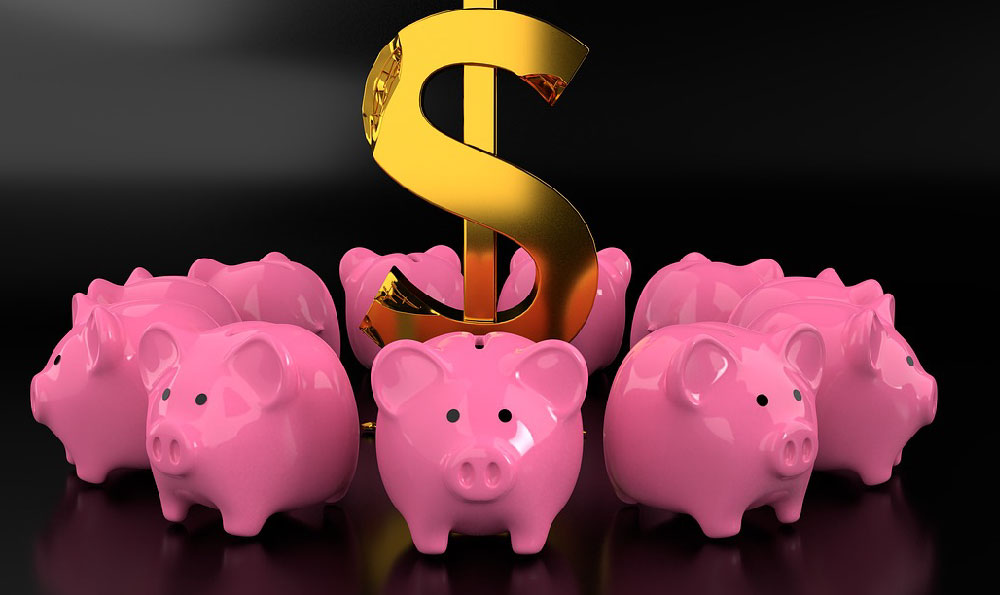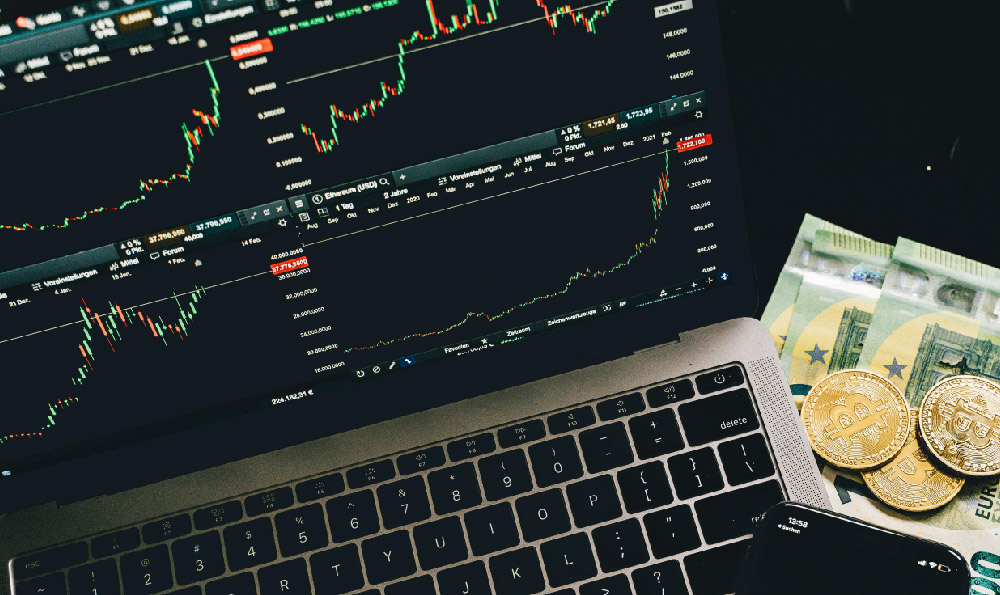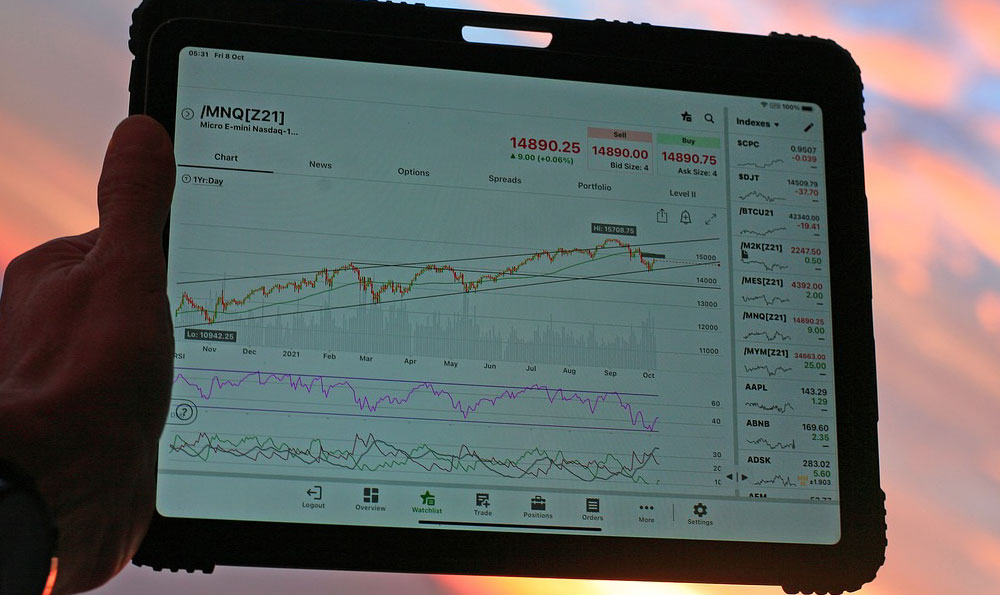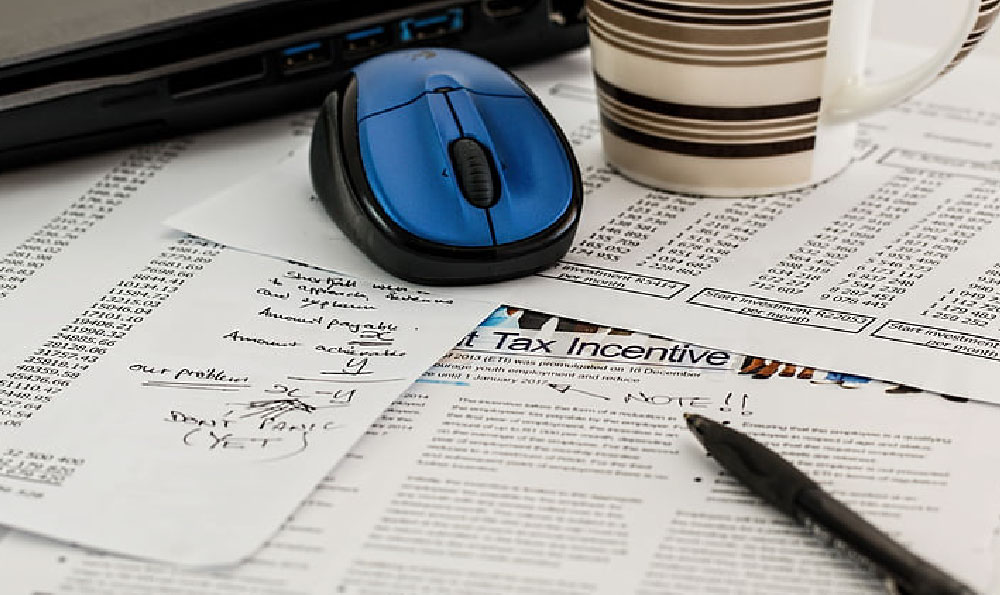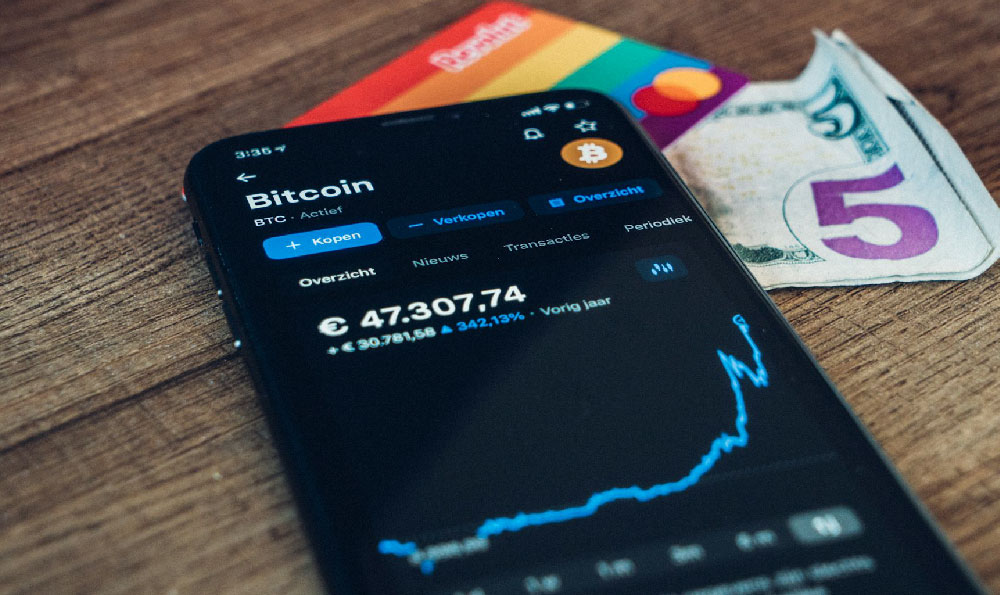The gig economy has blossomed into a viable option for many seeking flexible income, and ride-sharing platforms like Uber and Lyft are at the forefront of this trend. A common question for those considering driving for either company is: which pays more? The answer, unfortunately, isn't a simple one. It’s a multifaceted comparison involving numerous variables, including location, time of day, demand, vehicle type, incentives, and, most importantly, the driver’s strategy.
Base fares, the foundation upon which earnings are built, are relatively similar between Uber and Lyft. However, these base fares are just the starting point. Surge pricing or "Prime Time" (Lyft's equivalent) significantly impacts potential earnings. During periods of high demand, both companies increase fares to attract more drivers and cater to the surge in ride requests. Identifying and capitalizing on these peak times is crucial for maximizing income, regardless of the platform. Experienced drivers often monitor both apps simultaneously, strategically accepting rides from whichever platform offers the higher surge multiplier or Prime Time percentage. This requires quick decision-making and a good understanding of local event schedules and demand patterns.
Beyond surge pricing, various incentives and bonuses can sway the payout. Uber and Lyft regularly offer promotions, such as guaranteed earnings for completing a certain number of rides within a specific timeframe or bonuses for driving in designated zones. These promotions can significantly boost weekly income, but they often come with specific requirements. For example, a driver might need to maintain a high acceptance rate and a low cancellation rate to qualify. Analyzing these promotions carefully and determining if they align with one's driving style and availability is essential. Sometimes, chasing a bonus that demands excessive hours or inconvenient driving times might not be the most profitable strategy in the long run.

Another factor influencing earnings is the vehicle itself. Both Uber and Lyft offer different service tiers, such as UberX, UberXL, Lyft, and Lyft XL, each catering to different passenger needs and price points. Driving a larger vehicle that qualifies for UberXL or Lyft XL can potentially lead to higher fares, as these services accommodate larger groups. However, this also comes with increased expenses, such as higher fuel consumption and potentially higher insurance premiums. Drivers need to weigh the potential increase in earnings against the added costs to determine if upgrading to a larger vehicle is a financially sound decision.
Furthermore, the type of market a driver operates in plays a significant role. In densely populated urban areas with high ride demand, drivers typically have more opportunities to accept rides and earn more consistent income. However, these markets also tend to be more competitive, with a higher concentration of drivers vying for the same ride requests. Conversely, in smaller or suburban areas, ride demand may be lower, but there might also be less competition, potentially leading to longer rides and fewer periods of inactivity. Understanding the nuances of the local market and adjusting driving strategies accordingly is crucial for optimizing earnings.
Expenses are an undeniable part of the equation. While Uber and Lyft handle the payment processing and provide a platform for connecting drivers with riders, drivers are responsible for all operating expenses, including fuel, vehicle maintenance, insurance, and depreciation. Accurately tracking these expenses is crucial for determining actual profit margins. Many drivers utilize mileage tracking apps or spreadsheets to meticulously record their business miles and related expenses. Understanding tax deductions available for ride-sharing drivers is also essential for maximizing after-tax income. Failure to account for these expenses can lead to a misleading impression of profitability.
The "tipping" culture can also influence the overall pay. While both platforms allow riders to tip drivers, the frequency and amount of tips can vary. Some drivers report receiving more generous tips on one platform compared to the other, although this is largely anecdotal and can depend on various factors, such as the driver's personality, the quality of service provided, and the demographics of the riders. Providing exceptional service, maintaining a clean and comfortable vehicle, and engaging in friendly conversation can increase the likelihood of receiving a generous tip.
Ultimately, determining whether Uber or Lyft pays more requires a personalized assessment. There is no universal answer that applies to all drivers in all situations. The optimal approach involves experimenting with both platforms, tracking earnings and expenses meticulously, and adapting strategies based on local market conditions, promotions, and personal preferences. Drivers who are proactive, strategic, and willing to learn and adapt are more likely to succeed in maximizing their earnings, regardless of which platform they choose. Analyzing personal data, comparing experiences with other local drivers through online forums or social media groups, and staying informed about platform updates and policy changes are all valuable tools for optimizing income in the dynamic world of ride-sharing. The key lies not just in choosing a platform, but in becoming a savvy and informed gig worker.



